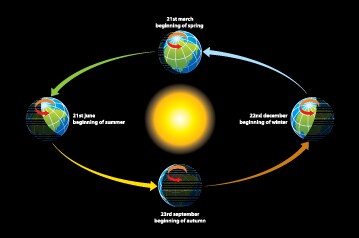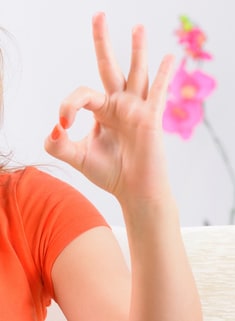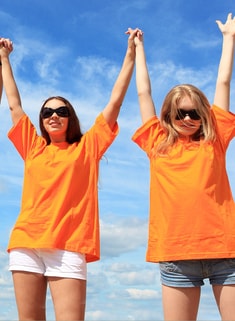Special Awareness Days
September 22nd - Autumn Equinox Day

Ready to Order?
If you are ready to order, please contact Customer Service:
Telephone: 1 (800) 361-6128 Fax: 1 (800) 563-9196
Introduction
Every year, there are two equinoxes, one in the fall and one in the spring. In the northern hemisphere that we live in, the fall equinox occurs between September 22nd -24th. The September equinox happens when the sun crosses the imaginary line called the equator. Many people consider this to be the first day of the fall season and many cultures around the world hold feasts and festivals to mark the September equinox.

Activity Burst Ideas:
K-2
If it can be done safely, go for a walk to see what changes are taking place in your school neighbourhood. Ask: Are the trees changing? Is the air changing? What do you think the animals are doing to prepare for winter? Have students gather some treasures of fall. Take along a bag to collect colourful leaves, acorns, seeds, etc., and then invite students to get creative with them.
- Make a collage
- Do a crayon rubbing
- Make a book and identify all the treasures
If a walk is not possible, ask students to do an imaginary walk in the forest with you, focussing on the senses as you ask:
- What can you see?
- What can you hear?
- What can you smell?
- What does the ground feel like? The bark on the trees? The leaves?
- How do you know that fall is coming?
3-5
Find out when the autumn equinox will occur where you live here.
Ask students: What causes the seasons to change? What changes do you and your families need to make as seasons change? Learn more here.
6-8
Have students work in small groups to find out why the leaves change colours in the autumn.
Here are some sites to reference:
www.almanac.com
www.sciencemadesimple.com
www.eekwi.org
When they have finished their research, have students make a collage of autumn colours in the medium of their choice and share with the class.
Additional Ideas:
Grades K-2 –Science, Nature, The Senses, Art, Music
Take the fall walk a step further! Before leaving for your walk, ask students to think about what they will:
- • hear (e.g., birds, leaves rustling, squirrels chattering)
- • see (e.g., animals, birds, colours, clouds, shadows)
- • touch/ feel (e.g., temperature changes, dry leaves, tree bark, breezes)
- • smell (e.g., fresh air, dampness, decaying plants)
Share afterwards and as a class or in pairs (depending on skill levels) create a poem, paragraph, mural, painting, rap, or song about the experience.
Grades 3-5, 6-8 – Science, Critical thinking, Research Skills
There is a rumour that you can only balance an egg on either the spring or autumn equinox. To test this theory, perform two class demonstrations, first on the day of the equinox and again a few days later. Ask students to complete a standard science experiment prediction, getting group consensus on the hypothesis. Search online for a simple scientific method worksheet for them to use.
Complete the first demonstration. Were we successful? Discuss.
After a few days, repeat the experiment. Was there success? What did this prove? (Eggs can actually be balanced on a hard surface on any day, not just on the equinox)
To see how it’s done and learn the background behind the rumour, check out this article on National Geographic Kids. For more experimenting, try the ideas in “3 Ways to Balance an Egg” on Wikihow.






